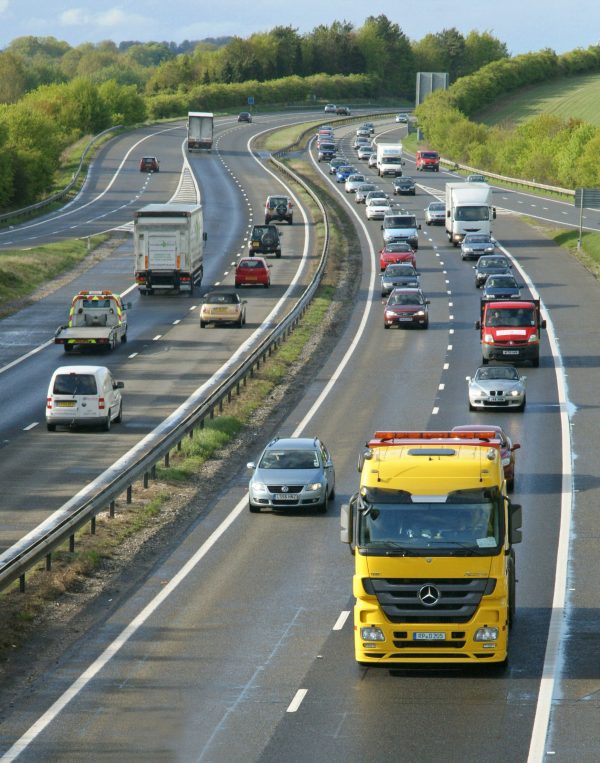Paragon gives users control of settings within their routing and scheduling software, enabling them to respond to the new legislation regarding HGVs on roads in England and Wales. The new legislation came into effect on 6 April 2015.
Under the new law, the national speed limit for HGVs (goods vehicles greater than 7.5 tonnes maximum laden weight) has been increased from 40 mph to 50 mph on single carriageway roads, and from 50 mph to 60 mph on dual carriageways in England and Wales. Where a lower speed limit is in force on specific sections of roads, that lower speed limit will remain.
While the Paragon system incorporates default speed settings, these are fine-tuned by each customer to ensure their route plans are as realistic and consistent as possible. These speed settings can be adjusted for each road class, including regional and time-of-day variations. Companies using Paragon every day to plan their routes will be able to make adjustments to their single and dual carriageway average speed settings in order to take account of the new legislation.
“It is important for transport operators to be as accurate as possible during the planning process,” says Charles Nockold, Marketing and Business Development Director, Paragon Software Systems. “Where a company’s route analysis or day-to-day experience shows that routes in some regions are consistently faster or slower, the underlying speed settings can be adjusted to ensure that the routing result is as accurate as possible. Once the speed adjustments for a region have been set up they will be applied automatically, and they can also be set to apply at different times of the day or week to cope with rush-hour situations.”
Speed adjustments, and indeed route restrictions such as local residential agreements, temporary roadworks or local events, can be made at any time by the user. It is this control that enables the user to make immediate changes in order to accommodate local factors or new legislation in terms of road speed limits, to ensure their routing and scheduling systems are accurate and well calibrated.
“The more accurate the operation’s information is, the more realistic the final route plan will be,” adds Nockold. “This has a positive impact on driver workloads, vehicle utilisation and predicted customer arrival times.”


